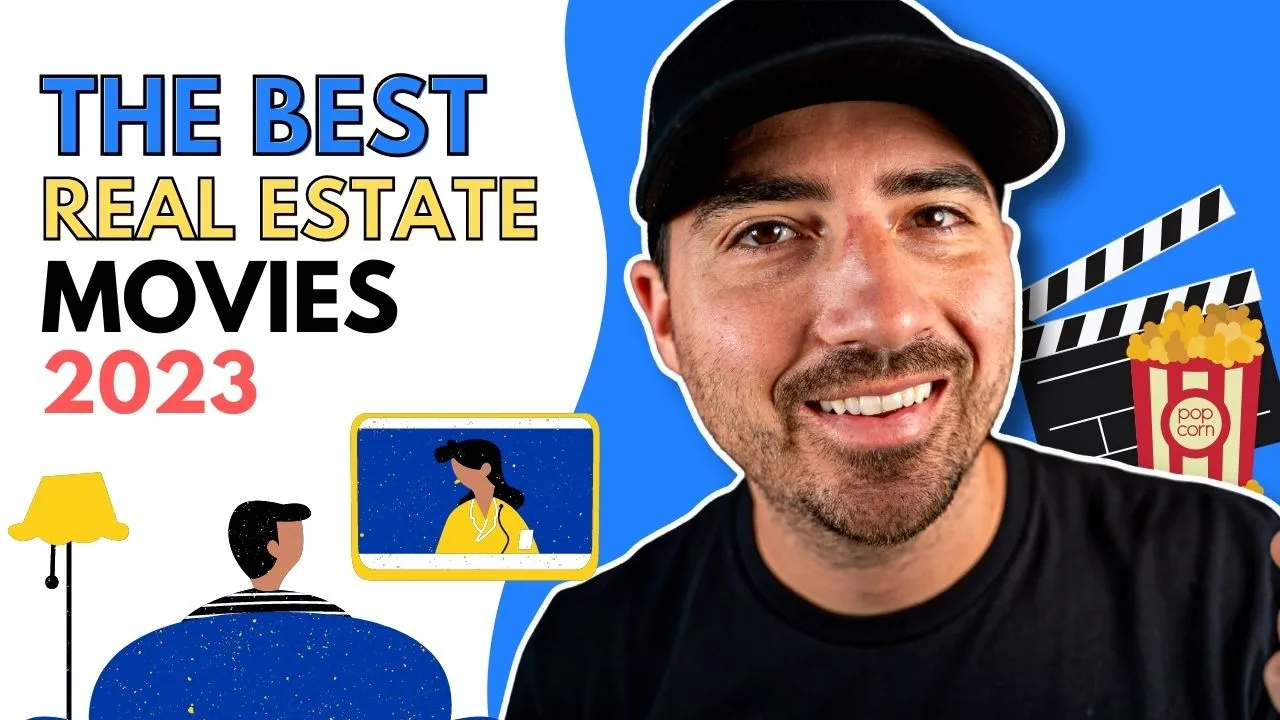Top-tier real estate films represent the zenith of luxury property marketing, combining cinematic techniques with high-quality visuals and engaging storytelling to offer a compelling presentation of prestigious homes. These films not only highlight the unique features of high-end properties but also immerse potential buyers in an experience that showcases both elegance and lifestyle. This article explores the essential components of creating top-tier real estate films, focusing on visual quality, cinematic techniques, and effective storytelling.

Capturing High-Quality Visuals
Investing in Premier Equipment
For top-tier real estate films, investing in premier cameras, lenses, and stabilization gear is crucial. High-resolution cameras ensure every detail of the property is captured with precision, while quality lenses enhance the image’s vibrancy and sharpness. Stabilization equipment, such as gimbals or steadicams, is essential for achieving smooth, cinematic camera movements that maintain a professional appearance.
Mastering Lighting Techniques
Effective lighting is vital for showcasing a property’s features in the best possible light. Utilize natural light to highlight the home’s beauty, especially during the golden hours for soft and warm illumination. For interior shots, incorporate artificial lighting to achieve a balanced and flattering effect. Employ diffusers and reflectors to manage shadows and enhance key features, ensuring that lighting complements the property’s aesthetic.
Utilizing Cinematic Techniques
Dynamic Camera Movements
Dynamic camera movements add a cinematic quality to real estate films. Techniques such as tracking shots, dolly shots, and smooth pans create a sense of motion and flow. Use a gimbal or steadicam to ensure stability and fluidity in the footage. Plan camera movements to highlight the property’s layout and design, enhancing the viewer’s engagement and experience.
Creative Angles and Perspectives
Exploring creative angles and perspectives can significantly enhance the visual appeal of real estate films. Wide-angle shots provide comprehensive views of rooms and exteriors, while close-ups emphasize intricate details and finishes. Experiment with high and low angles to add depth and visual interest, showcasing the property from multiple viewpoints. Combining these techniques creates a dynamic and engaging presentation.
Crafting Compelling Storytelling
Developing a Cohesive Narrative
A well-developed narrative guides viewers through the property, creating a cohesive and engaging experience. Craft a storyline that reflects the property’s character and lifestyle, structuring the film to highlight its features in a logical and captivating sequence. Use visual storytelling to convey the property’s ambiance and appeal, making the presentation more relatable and memorable.
Highlighting Lifestyle Features
Showcasing lifestyle features helps potential buyers envision their life within the property. Capture scenes that illustrate the lifestyle associated with the home, such as elegant entertaining areas, serene outdoor spaces, and luxurious amenities. Demonstrate how the property enhances the buyer’s quality of life, presenting not just the physical attributes but also the lifestyle it offers.
Incorporating Professional Editing
Editing for Maximum Impact
Professional editing is essential for refining top-tier real estate films and enhancing their overall impact. Use editing software to trim and arrange footage, incorporating transitions, effects, and color grading to improve visual appeal. Focus on pacing and rhythm to create a compelling video that highlights the property’s features and maintains viewer interest.
Enhancing with Music and Sound
Background music and sound effects contribute to the film’s atmosphere and emotional resonance. Select music that complements the property’s style and enhances the viewing experience. Integrate ambient sounds, such as the gentle flow of a water feature or the rustle of leaves, to create a sense of realism and immersion. Ensure that audio elements are balanced and harmonize with the visuals for a seamless experience.
Ensuring Professional Production Quality
Maintaining High Standards
Maintaining high production standards is crucial for top-tier real estate films. Ensure that all aspects of the production, from filming to post-processing, meet professional quality standards. Pay close attention to details such as camera stability, lighting, and audio clarity to produce a refined and polished presentation. Review the final film to ensure it accurately represents the property and achieves the desired level of excellence.
Optimizing for Various Platforms
Optimize the film for different platforms to maximize its reach and effectiveness. Adjust the video format, resolution, and aspect ratio to suit platforms such as social media, real estate websites, and video-sharing sites. Create engaging thumbnails and titles to attract viewers and enhance the film’s visibility.
Conclusion
In conclusion, top-tier real estate films involve creating high-quality visuals, employing cinematic techniques, and crafting engaging storytelling to effectively showcase luxury properties. By investing in premier equipment, mastering lighting techniques, and utilizing dynamic camera movements, you can produce films that highlight the elegance and appeal of high-end homes. With a focus on narrative, lifestyle features, and professional editing, these films offer a compelling and immersive approach to luxury real estate marketing.

